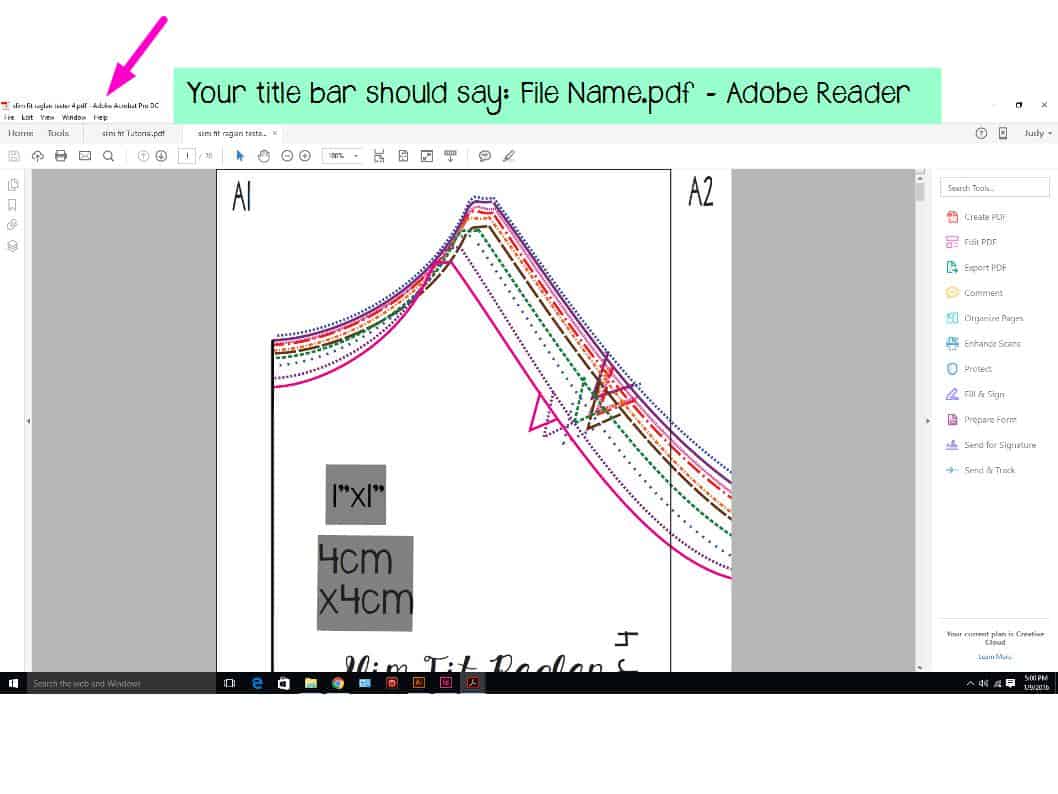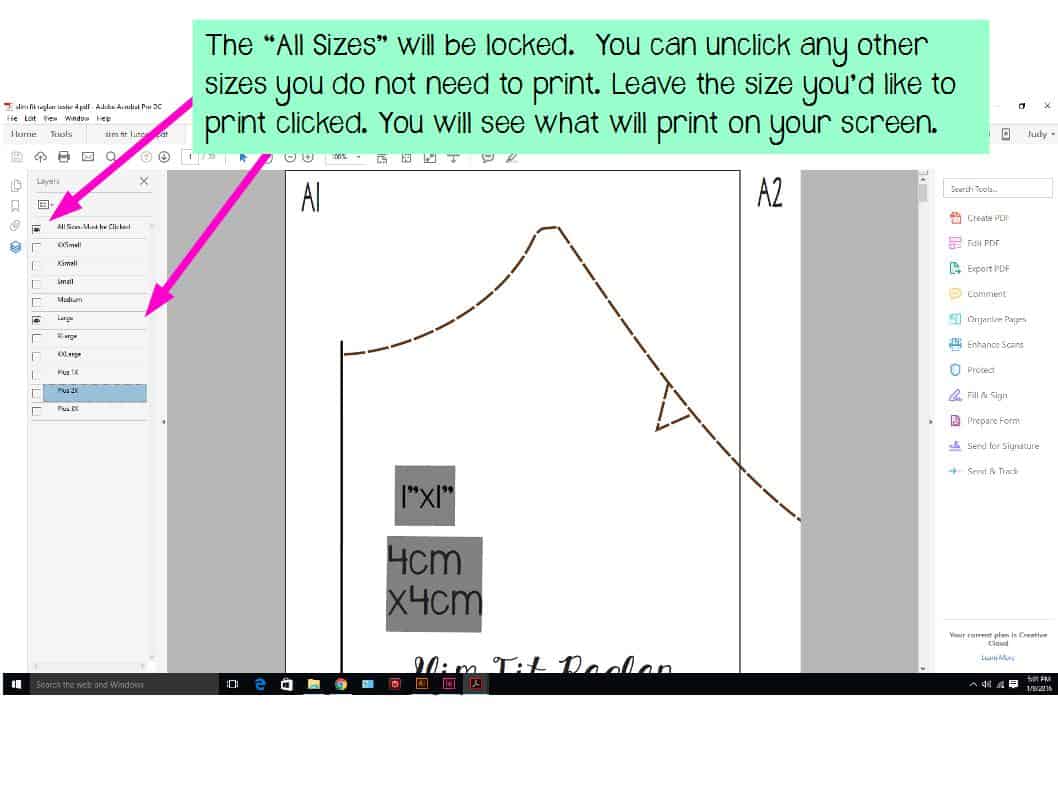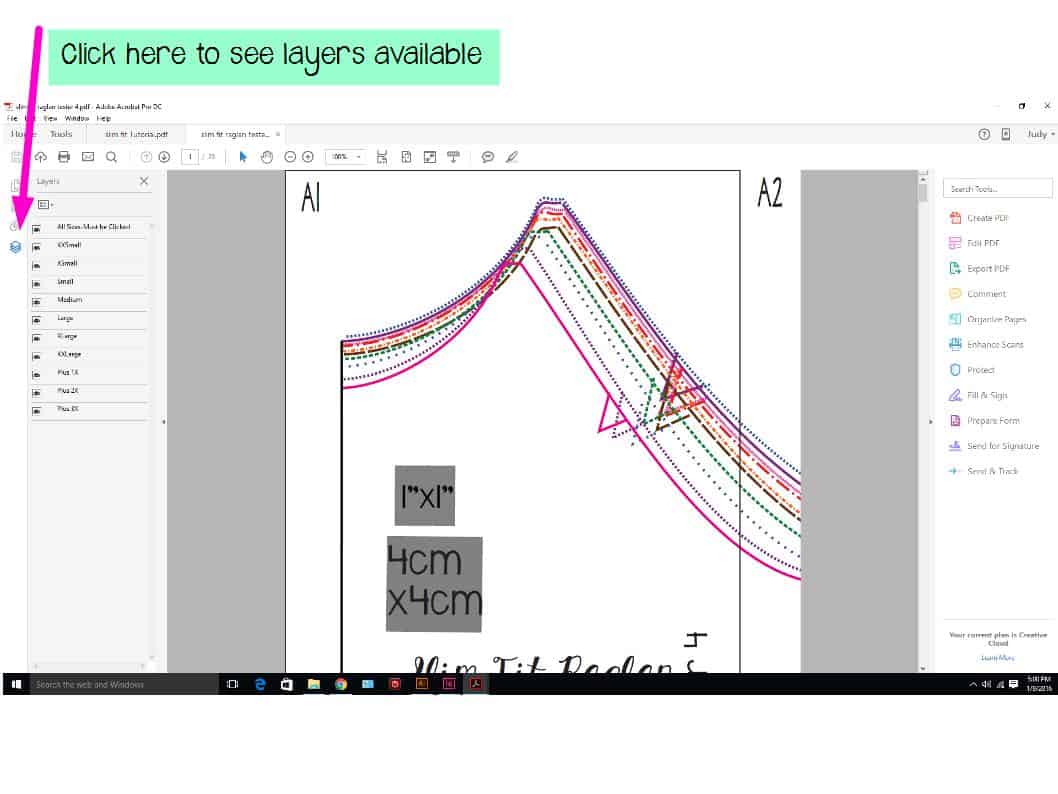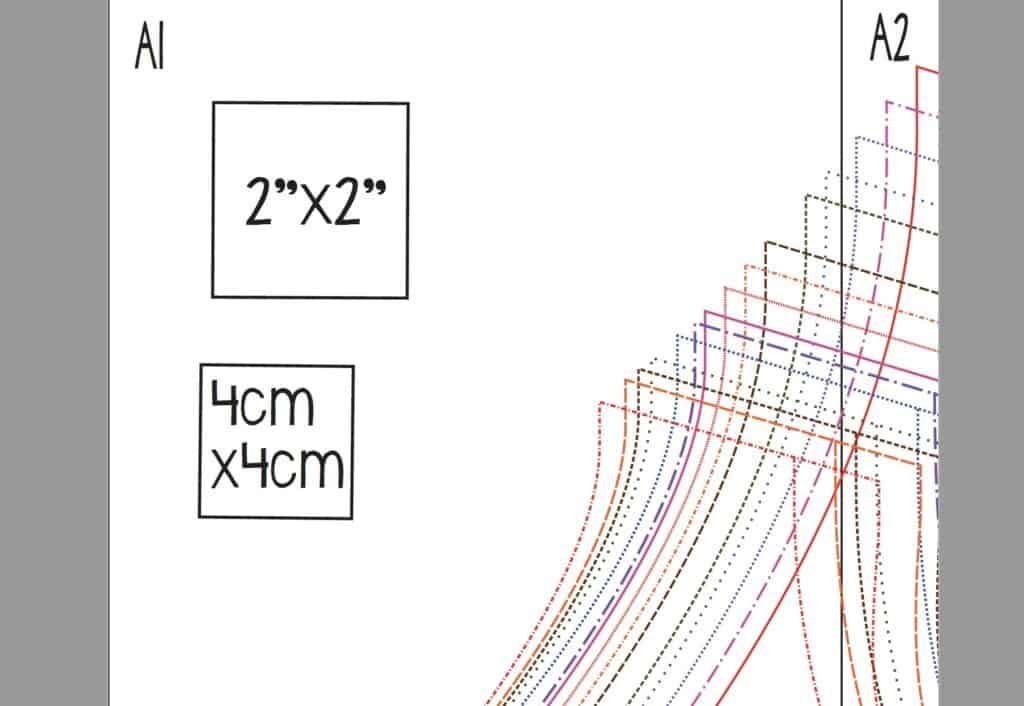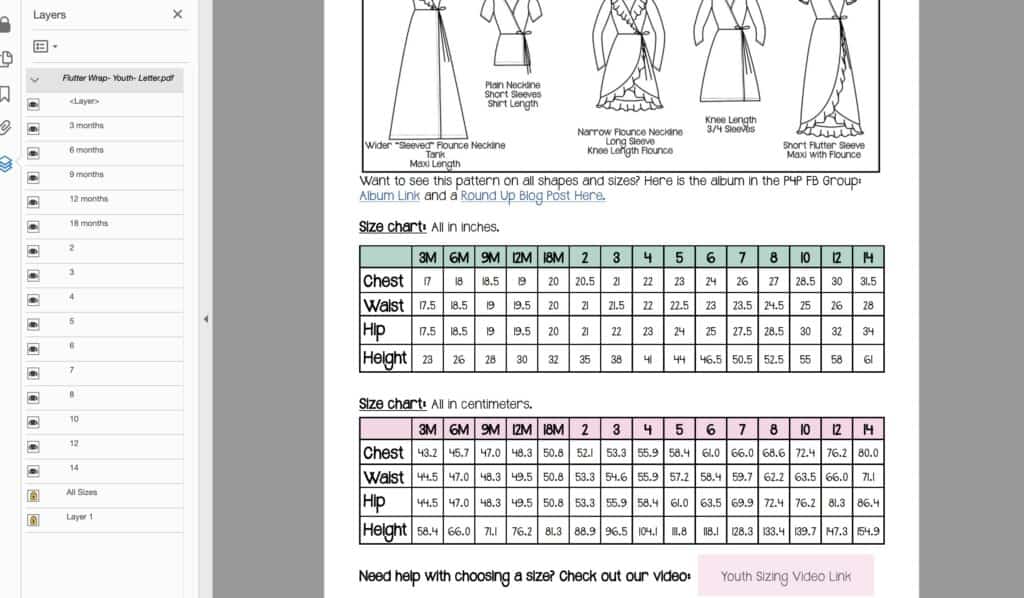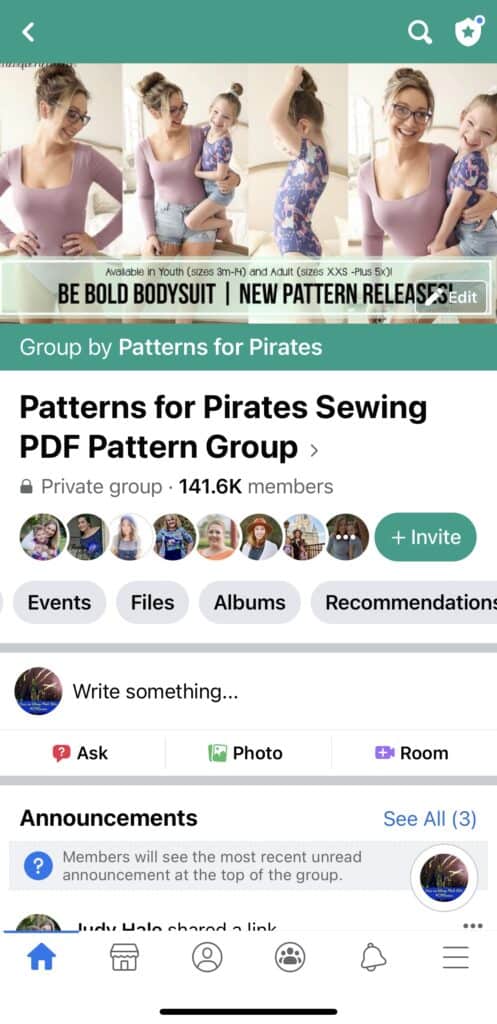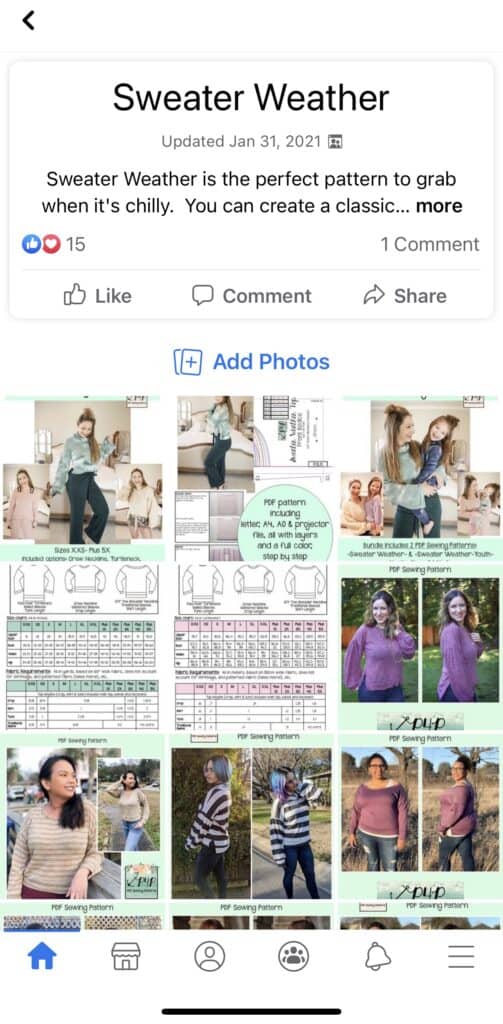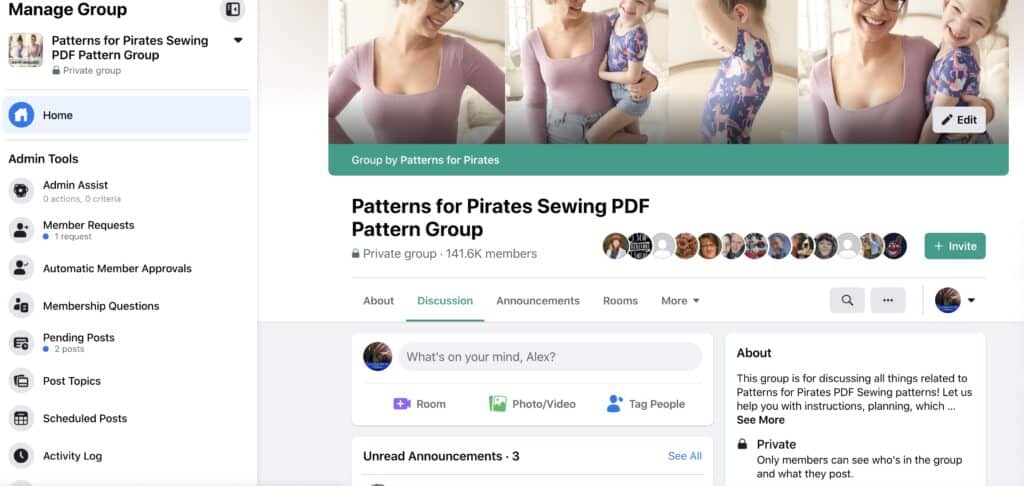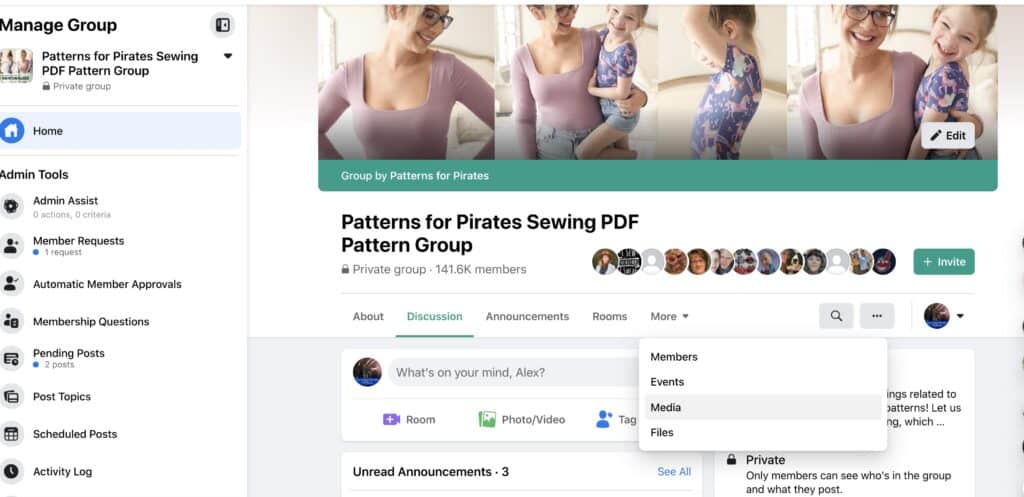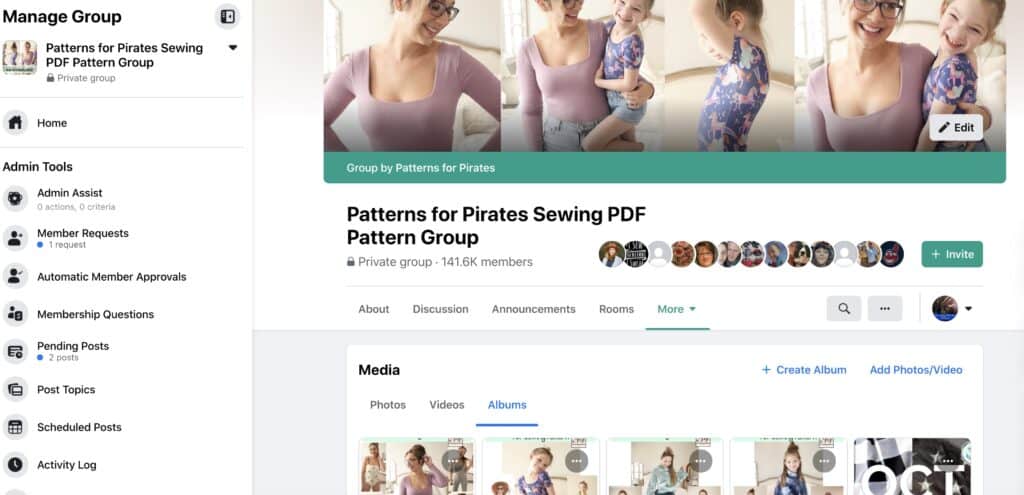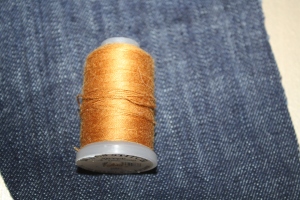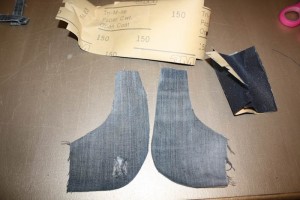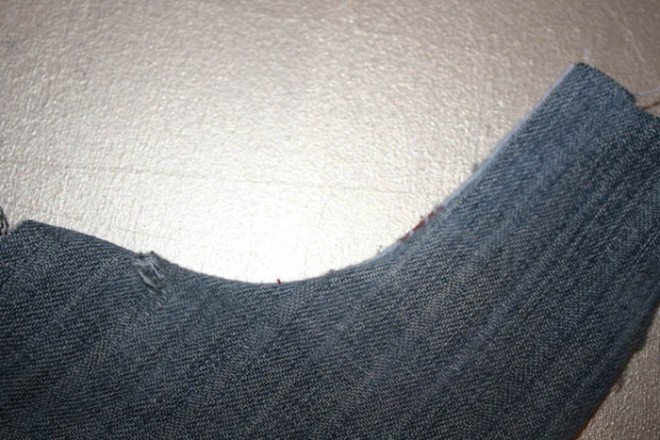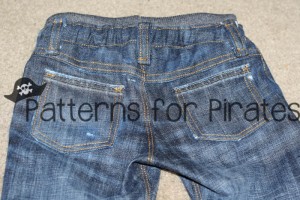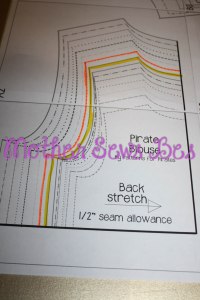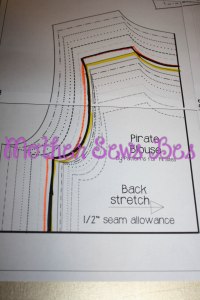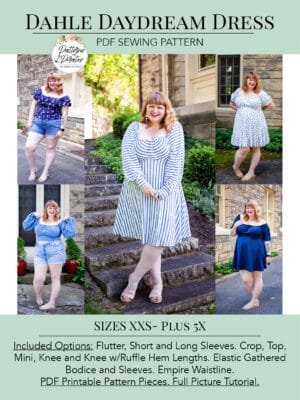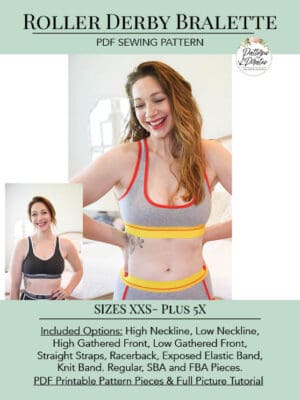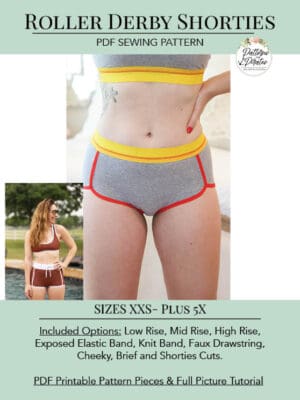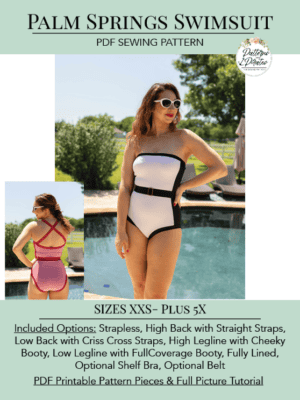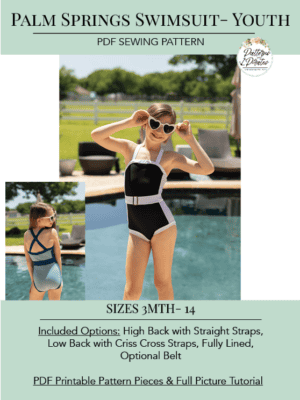So you want to be a Pirate?
“Ooooo! I would love to test for you.” and “How do I become a tester?” are frequent posts in the P4P Facebook Group. We are constantly on the look out to add talented ladies to our testing pool so we thought we’d give you the nitty gritty of what it takes to be a pattern tester and how to get picked.
Why do we need Pattern Testers? All patterns are drafted based on average body measurements but we need people to sew them up and try them on to ensure the proper fit. We also want to be sure that the instructions are not only grammatically correct but understandable by all levels of seamstresses.
The Pattern Testing Process:
- Pre-testing: Once a pattern has been drafted, it is pre-tested. Before we even send out the pattern to our testers, we sew them up to determine if the fit and ease of the pattern is what we are looking for. We usually sew up one of each of the options to be sure to work out any issues before it goes in to live testing. In some cases, we will modify a pattern numerous times before deciding on the final versions. This is also where we really hash out what options, finishing methods, fabric suggestions we will include in the pattern. Our phones are filled with tons of pre-test and fit pics so we thought we’d share a few! 😉
- Tester Call: We are ready to do a full test on the pattern. We post a call in our tester pool and our testers sign up for the size and options they’d prefer. Our testing period usually runs about 1 week, unless we find there are issues and it needs to be extended. It is crucial to be sure that the deadlines are able to be met as well as having updated and current measurements. We rely on feedback from the testers regarding fit so is very important to be testing the item in the proper size. We usually have 20-40 testers per pattern depending on the options and size range.
- Testing: Sizes and options are assigned to testers. This is when all fit issues and edits to the tutorial are completed. Testers are to provide feedback about the the overall tutorial as to if its understandable and concise as well as any fit issues. Some fit issues that we may run into are too low of an armscye, too much or not enough ease, gaping armholes and necklines, etc. so some patterns will require multiple revisions. Although a tester is only required to complete one full item, many decide to sew up the revised and final versions during the testing week. This means, the pattern pieces are printed multiple times and lots of fabric is used. Any photos that will eventually be used for promotion (listing pictures, pattern covers, Facebook and blog posts, etc.) are typically only the final version, or one that reflects the final version of the pattern. This was not quite the norm for us, but the slim fit raglan went through close to 5 versions in testing and 7 in pre-testing. Not everyone sewed up all versions but we did have a few that ended up making more than 5 shirts that week. During the testing week we have two deadlines; one for fit and one for feedback and final styled photos. Fit pictures are basic photos of the garment being worn and point out any issues one may have. We ask for at least 5 final styled photos that showcase the front, back, side and any details of the pattern (like pockets). These do not have to done by a professional photographer or taken with a high end camera but clear photos of the item and model are a must. We also like clean editing, so no over the top filters or photo-shopping. An example of fit and styled photos are below.
- Pattern Release: All fit issues and tutorial edits have been addressed, testers final pictures have been submitted and we are ready to release to the public. We work behind the scenes to get the pattern files ready, website listings and round up blog posts and then we release. A new release is usually on sale for a week and we ask testers, if they love the pattern to share it. Some have their own blogs and will provide their own “review” and write-ups and other simply post their pics in our Facebook Group as well as other sewing groups. Final photos are also posted in an album in our Facebook Group for inspiration and promotional purposes that the members can access at any time. Check out some of our awesome testers from one of our last releases. Essential Tank Facebook Photo Album.
- Celebrate: We wouldn’t be able to get this point without all our awesome testers! Testing is voluntary and not a paid position. Upon completion of the test, the tester will receive the final pattern and a big thank you.
So now that you see what we do in testing, you ask, “How can I become part of the testing pool?”
- When a new pattern is ready to go in to testing, we do a call in our testing pool first. Sometimes we fall short on volunteers so will do a wide spread call in our Facebook Group to fill in where we need. This is rare, but has happens a few times and if the test is successful, we add those ladies to the testing pool.
- Facebook Members are given the first opportunity to test. We hand pick a few ladies from the group and ask if they would like to test the next pattern. We “get to know you” by your posts in the group. We are constantly looking for familiar faces that show off their P4P items in the group to add to the group! We look for the following:
- Active group members who are familiar with our patterns and help out in the group by answering questions (Why? Testers are often asked a lot of questions about the new release and we love for the testers to be available and active in the group!)
- Posting pics of their completed P4P projects
- Ladies who are in the size range that we need to fill-in
Check out some of the gorgeous ladies we recently hand picked to test for us from our Facebook Group!!
We currently have over 100 ladies in our testing pool so I asked them to share a few things about what they felt anyone that has never tested before should know. Here’s some of what they had to say:
- You’re going to use a lot of fabric, ink, tape, and paper. You’re going to take 10000000 pics that you hate and settle on 3.
- It costs the tester quite a bit. It’s not just a time commitment, but a financial one as well. Also, MAKE THE PATTERN AS-IS. Its impossible for a designer to test their pattern correctly if the actual pattern is never actually tested. It doesn’t matter if you’re afraid that you or your child will grow out of it in a few months. You are testing and that’s a sacrifice you have to make.
- People will expect you to know everything about the pattern. All the options, best fabric to use, where to get fabric, how it fits on various sizes etc. Sale info.
- You can’t be shy! If you see a fit problem you have to say something. I know when I first started testing I felt bad saying something that might come across negative but had to get over that fast!
- Remeasure for EVERY test.
- Don’t wait until the last minute to make your garment. You never know which kid will start puking, which needle will break, or when the power decides to go out. Start ASAP and get it done on time. When in doubt of time, opt out of volunteering. There are many people that would love to take your place for that test. Making a commitment you can’t keep is way worse than politely declining and maybe trying again next time.
- You need to sew step by step with the tutorial steps as written. It takes me 10x longer than if I were sewing on my own but you need to be as precise & exact to what’s instructed & as the pattern prints.
- Get a remote clicker for your camera or find a buddy because most husbands don’t understand this process!
- Most patterns are not perfect the first run, so patience with fitting and adjustments are a must. You are a tester… Testing by trial and error. Take it for all the pain and glory.
Pattern testing is a lot of WORK, but it is also fun and can be so rewarding! Our testers agree.
- I enjoy testing because having a deadline really helps to motivate me to sew!
- My absolute favorite is being a part of the team that helps these fabulous mamas succeed in their dreams!
- Pros: making friends all over the world, being part of the design process, sharing and being proud of your work, learning new techniques and improving my sewing and photography skills
- I think the biggest thing to realize is that it’s not about the “free pattern” or getting it first- testing for me is truly about being a part of the process! It is so much fun to see the behind the scenes, how much work it takes to get the pattern perfect (which often means a lot of fabric, printing, taping= $$ which counteracts the notion of a free pattern!), learning from all of the amazing women in the group, but most of all- getting to know all of the amazing women!
Phew! So there you have it! Are you ready to join the crew? Show us what you got and share you creations in the P4P Facebook Group. You might just be the next member to be given a chance. Happy Sewing!


















